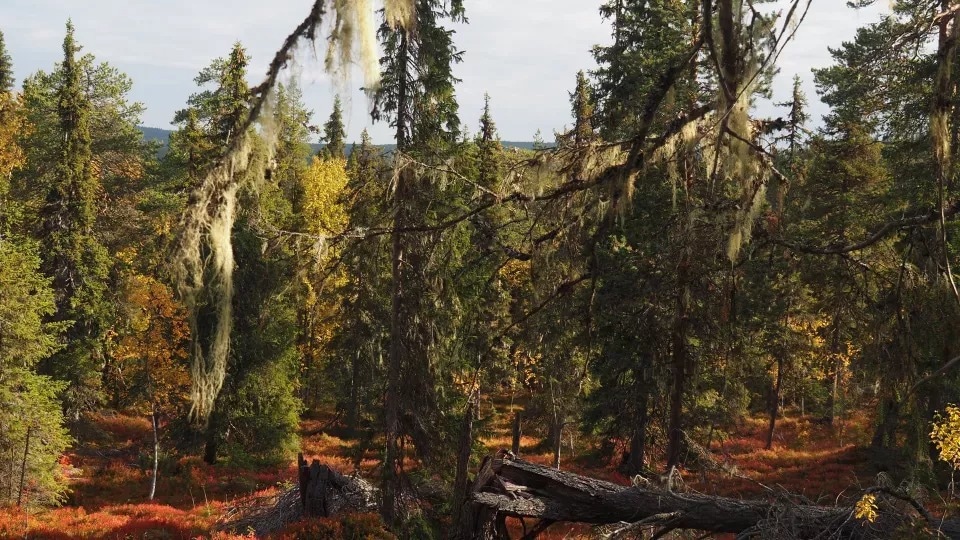As per a new study from Lund University in Sweden, 2018’s dry summer stroked Swedish forests hard—and hardest impacted were the managed secondary forests.

Image Credit: Ulrika Ervander
In the future, northern boreal forest ecosystems are expected to go through more frequent summer droughts. Most of the Swedish forests are secondary forests, which are managed commercial forests with minimal diversity in structure and species. Only a tiny area comprises primary forests that have seen minimal direct human impact.
Until now, how primary forests and managed secondary forests respond to drought is not yet known. A researchers’ group from Lund examined how the drought of 2018 impacted the forest types. This study was published in the scientific journal Environmental Research Letters.
We used a unique map of primary forests in Sweden and investigated whether there might be any difference in how these forests and neighbouring secondary forests were affected by the drought in 2018. The results showed that secondary forests in Sweden were more affected by the drought than primary forests were.
Anders Ahlström, Researcher, Physical Geography, Lund University
In the research, scientists employed satellite images and a map elaborating over 300 primary forests in Sweden. By examining a high-resolution vegetation index over these and the buffer zones around the primary forests, which show secondary forests with an identical environment and drought scenario in 2018’s summer, the study group could gain a picture of how the dry summer strike the varied forest types.
That primary forests were less affected by drought leads to a number of interesting follow-up questions about what causes this difference. It could be the trees’ generally greater age and size that perhaps leads to deeper roots and more structural diversity. Or it could be that there is more water in these ecosystems, perhaps because they haven’t been ditched. Right now though, we have no idea what makes primary forests more stable during drought.
Julika Wolf, Former Physical Geography Researcher and Consultant, Cartography and Spatial Analysis, Lund University
In Sweden and Europe, primary forests are uncommon. They show the most untouched forests left, and they notify how nature appears and how it works with no significant direct human impact. Therefore, the forests are particularly significant in comprehending how environmental variations and human land usage influence ecosystems and their processes.
This study is a good example of how we can use these primary forests in our research. In this case, we see that they are more stable during drought when compared with secondary forests that have been exposed to change such as felling, planting, ground preparation and ditching.
Anders Ahlström, Researcher, Physical Geography, Lund University
Journal Reference:
Wolf. J. et al. (2023) Canopy responses of Swedish primary and secondary forests to the 2018 drought. Environmental Research. doi.org/10.1088/1748-9326/acd6a